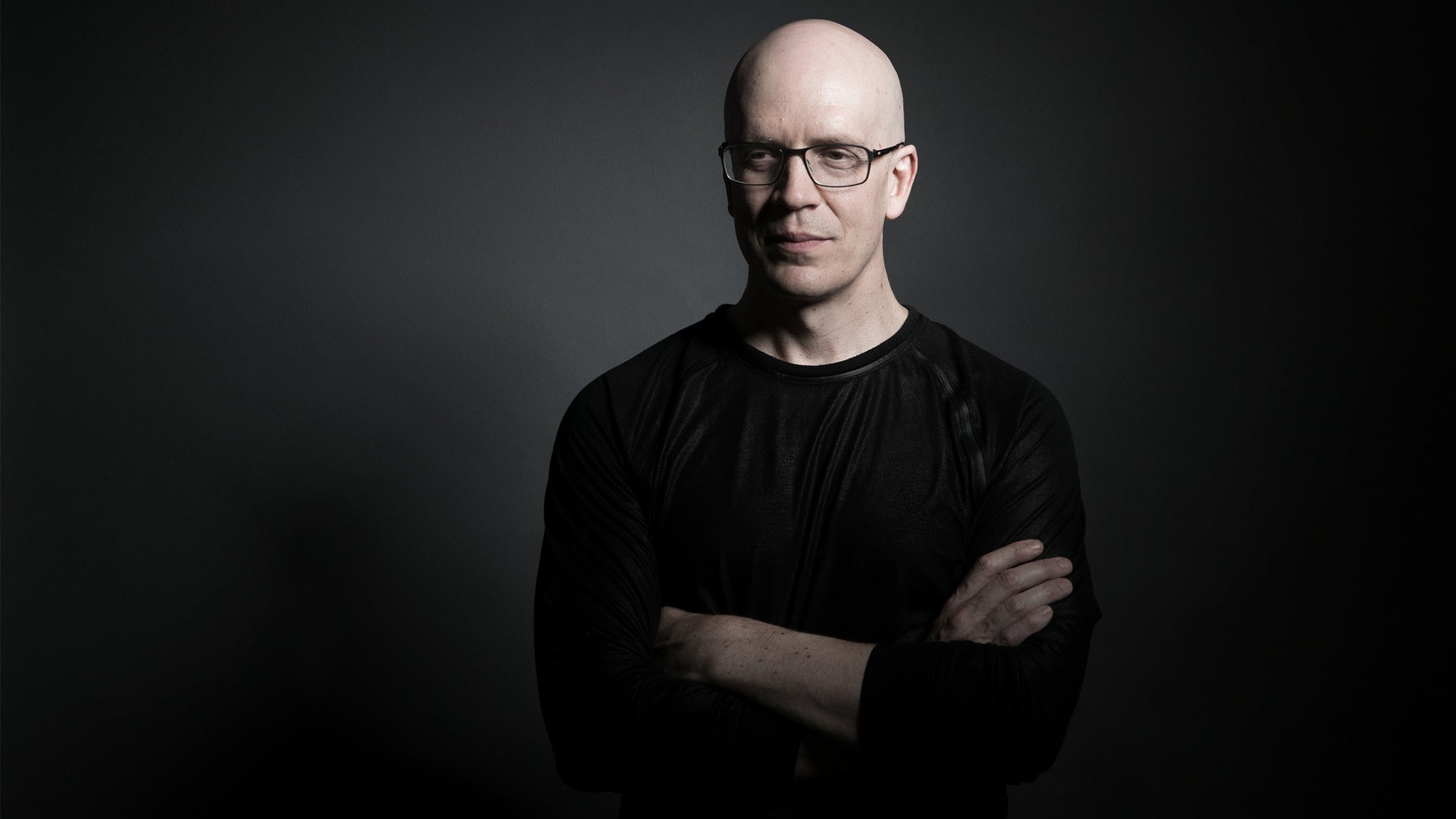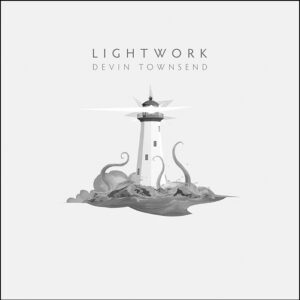By: Rod Whitfield
First up, I have personally written a review of this album previously, but when John from Rue Morgue Records asks you to write more about the great Dev, you damn well accept! To make it different, I will make this a track-by-track examination of the main album Lightwork, and then a discussion on the ‘B-Side’ of the deluxe edition, Nightwork, to which I did not have access when I wrote the first review. So here goes.
Moon People
First single Moon People opens in subtle, low-key fashion, but once it hits its stride, it builds sweetly into a slice of perfect, ambient pop. And then when the big guitars kick in at around the two-thirds mark, it has you thrusting your fist to the sky in triumph, and is one of the best moments on the album and one of the best recorded musical moments of the year. It seems to come out of nowhere, but makes perfect sense at the same time.
It’s an unusual album opener, bet then it’s an unusual album, and this is just Dev doing what Dev does best: surprising you, keeping you on your toes, not allowing you to relax into a nice, easy comfort zone.
Lightworker
Another highly idiosyncratic tune only possible when it emanates from the mind of a mad genius like this. It is at once gentle, power-ballady, theatrical and bombastic. If you don’t think that’s even possible, take one listen to this track and then scold yourself for being of such little faith. It seems the guy can do just about anything.
Dev’s vocals really shine on this one, sweet and vulnerable in the verse, then reaching for the very heavens in the cathartic and operatic chorus. The guy has been belting it out for three decades, including well over ten years of insane screaming and abuse in Strapping Young Lad, and his voice is still in fabulous shape.
Equinox
Ambience and grandiosity in equal measures here, this tracks ebbs and flows like an outwardly gentle but subtly powerful tide, reaching massive heights before pulling back to Dev’s delicate, a-capella phrasing of ‘Just as it’s falling apart, I fall for you’. Another track full of sweet and immersive contrasts.
Call of the Void
Probably the album’s centrepiece track, Call of the Void is quite simply one of the best tunes Hevy Devy has ever created. It is a window into the heart and mindset of the man smack bang in the middle of the hardship and uncertainty of the pandemic. It must have been a tough time for travelling artists of all kinds, people who make their living bringing their art to the world, not knowing how long the lockdowns and travel bans would last, losing vital income every step of the way. But the message here is strong. . . don’t freak out, stay strong, there are better times ahead.
Of course, this can also be applied to non-pandemic, everyday life situations as well.
This is one of those pieces of music that can help get you through tough times, can make you feel good and positive when all around you is bad and negative, the lyrics and Devin’s voice simultaneously carrying pain and positivity.
What a superb track, song of the year for me.
Heartbreaker
The album takes a sharp turn to the left here, Heartbreaker being yet another very different song for Hevy Devy. He has not utilised odd time signatures a great deal in his career (in my very humble opinion, he hasn’t needed it to keep things interesting), but here the timing is pretty wacked, difficult to count if you’re not an expert in time signatures. But it works and absolute treat, and is probably the ‘proggiest’ moment on the album.
Dimensions
Yet another neck-snapping turn here. More electronic in feel and tone (although still propelled by live drums), the track is a little more straightforward, rhythmically, but this gives it much forward momentum. At the same time, it lurches from grindy and industrial to soundscapey and atmospheric and back again in seemingly chaotic fashion, but of course, there is science in the chaos. It’s another track that probably shouldn’t work, but absolutely does.
Celestial Signals
Speaking of soundscapes, Celestial Signals lives up to its name, coming across like an evocative wash of atmospherics sent from heavenly bodies above, set against a driving rhythm (especially in the chorus) and utilising subtle dynamics and light and shade. This is one of the places where the male/female vocal tradeoff (including the choral flourishes) is most texturally prominent and used to best effect.
Heavy Burden
This album never lets you get comfortable, never lets you rest on your laurels and get into a nice, easy groove. It is constantly pulling the carpet from beneath your feet, and Heavy Burden is the next step in this joyous obstacle course of a record. This track is pure pop, although as you would expect, it’s Devin’s very idiosyncratic take on pop. It comes across like something from the soundtrack of a kid’s movie, replete with a children’s choir, bouncy rhythm, super-catchy vocals and a free-wheeling, feel-good vibe.
Vacation
And, just when you though you had the album worked out, the great Dev hits you with Vacation, a very gentle and whimsical return to the alt/country/pop of the Casualties of Cool days. It comes completely out of the blue, towards the end of the album, catches you completely by surprise but, once again, seems to make perfect sense when it shouldn’t. This is Dev saying, ‘Hey, I’m going to put a country track on a soundscapey art/prog-pop album, just because I can!’
It’s one of those tracks that initially may have you wondering as to exactly why it’s there, but after several listens, and once you get your head around its presence on Lightwork, you realise it doesn’t just deserve to be there, it needs to be there.
Children of God
Now, for the big finale. This is a Devin Townsend album, there had to be at least one track of epic proportions, and ten minutes of Children of God rounds things off in subtly triumphant fashion. Based on a relentless chugging marching rhythm, it is a heavily layered masterpiece, building sweetly to a cathartic finale by around the six-minute mark, before the typically long and ambient outro sweeps you off to another, gentler place, a place full of love and peace. The final moments of the album seem to depict the cover scene, waves washing against a shore, seagulls chirping, and a distant fog horn warning approaching ships of dangerous coastal rocks and shallows.
Nightwork
The second part of the album opens in fun, powerful and exuberant fashion with Starchasm Pt II, a track that probably could have sat comfortably on any one of his fist-pumpingly anthemic rock albums of years gone by (Addicted, Epicloud, Transcendence etc). To this thirty-year-long fan, some of the man’s greatest moments have been on these records, so Starchasm is an absolute winner, one of the best cuts on the double album.
Of course, if you were thinking Nightwork was going to be a collection of massive rock anthems, think again. Again, it takes the listener in all manner of different directions, it is a weird, wild, wonderful and wacky ride. Second track Stampy’s Blaster is a 37 second blast of gothic extreme metal that sounds like it could have been lifted from his last record Empath. Then things get really crazy. Factions is almost a return to Strapping Young Lad levels of intensity and insanity, and also features the double album’s best lead break.
From here, things take one giant leap into almost unfathomable but simultaneously highly enjoyable weirdness, with Townsend following his muse and doing whatever the hell he wants to do. And to hell with the concepts of commerciality and accessibility. But there is method in the weirdness, it’s not simply wacky for the sake of wackiness, it is strangeness for the sake of calculated experimentation and unbridled expression of emotions, ideas and concepts (Children of Dog even hearkens strongly back to its [almost] namesake on Lightwork). Listening to Lightwork and Nightwork, it’s like listening to his astonishingly varied career encapsulated on one double album, there is extreme metal, ambience, prog, rock, pop, country, electronica and stuff that simply, straight-up defies classification (for example, Precious Sardine is ten minutes of I have NFI what, but it’s shitloads of fun nonetheless, and Boogussounds like something Nick Cave might do. . . yes, he went there!).
His ultilisation of female vocals, namely his two fabulous previous collaborators Anneke Van Giersbergen and Ché Aimee Dorval, adds so much to the record, so much ethereal sweetness and harmony to the album’s headspinning proceedings, it’s a delight to the ear.
I’ve seen this release described as ‘art rock’, as opposed to prog rock. If simplistic classifications are important and neccesary, this is as good as any.
It’s a double album that, on first listen, may seem as though it only makes sense in the mind of its creator and his most hardcore of fans, but if you give it several listens and allow it to wash over you, and to truly penetrate your psyche, it becomes deliciously listenable and wondrously enjoyable. It is a work of quicksilver ideas, just when you think you have a grip on things, it slips completely out of your fingers and you must go chasing it in the opposite direction. It is not a work of instant gratification, it is an acquired taste. It takes work, effort and patience to acquire that taste, but once you do, the rewards are infinite.
Lightwork/Nightwork is a wonderful enigma, wrapped in joyous riddle inside a beautiful conundrum, the work of an idiosyncratic genius, and, to these ears, unquestionably the album of 2022.



